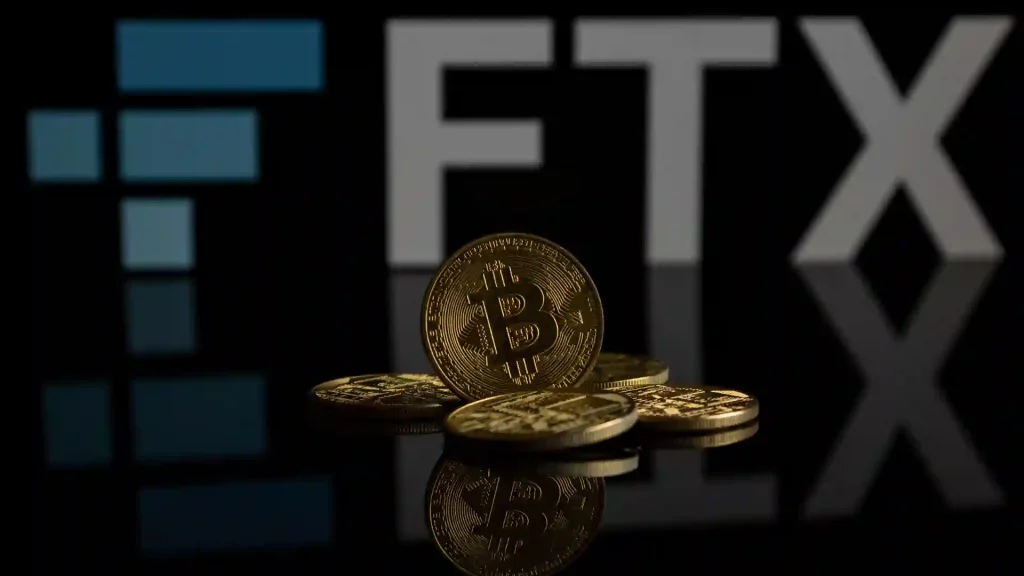CEO Sam Bankman-Fried, the thirty-year-old heading FTX, has resigned and is now at the centre of an investigation into a multimillion-dollar scandal leading to one of the biggest crypto blowups ever experienced.
The world’s second-largest cryptocurrency exchange FTX filed for bankruptcy in the US on Friday, November 11, following a failed bailout from larger rival Binance. The firm is seeking court protection as it attempts to refund users’ money. CEO Sam Bankman-Fried, the thirty-year-old heading FTX, has resigned and is now at the centre of an investigation into a multimillion-dollar scandal leading to one of the biggest crypto blowups ever experienced.
FTX owned $900 million in liquid assets against $9 billion of liabilities on November 10, the day before it filed for Chapter 11 bankruptcy, which allows a company to continue operating while undergoing debt restructuring under court supervision. It was noticed in the financial statements that there was a negative $8 billion of a suppressed and mislabeled cash account.
It took eight days for the “King of Crypto,” Bankman-Fried, to collapse with his empire. He has reportedly lost his $16 billion fortune in less than a week. “I’m really sorry, again, that we ended up here. Hopefully, things can find a way to recover,” he wrote on his official Twitter on Friday.
FTX owned a cryptocurrency token named FTT, a currency generally used by traders to make payments for transaction fees. The trouble at FTX spiked when crypto publication CoinDesk reported a leaked document that revealed that Alameda Research, a hedge fund under Bankman-Fried, held an unusual amount (approximately $14.6bn) of FTT tokens, which isn’t an independent asset.
Even though FTX and Alameda are separate businesses, the document claimed them to have close financial ties. Binance, the top crypto exchange, on November 6 announced to sell off its FTT tokens “due to recent revelations,” resulting in the fall in the price of FTTs with traders galloping to pull out of FTX. Alameda Research also owed FTX $10 billion, as brought to light last week. It has also been reported that at least $1bn of customer funds have vanished into thin air, a portion from the $10bn sum ‘secretly’ transferred by Bankman-Fried to Alameda. This financial hole was revealed last Sunday in records shared with senior executives of FTX.
Binance had, however, agreed to bail FTX out by buying the company, but the deal fell off on November 9, reasoning this decision was achieved to maintain corporate due diligence. Changpeng Zhao, the CEO of Binance stated that the fall of FTX doesn’t do anyone in the industry any good and it shall not be viewed as a win to Binance in any way, shape or form.
FTX is on the grounds of a rugged investigation by financial authorities. The collapse of the FTX empire has shifted the focus on their two US accounting firms that had audited the firm’s financial statements, Armanino (one of the 20 largest accounting firms in the country with respect to revenue figures) and Prager Metis. Both these firms have a fair share of crypto companies as clients. Last year, Bankman-Fried affirmed the audit of financial results as a landmark. Still, the accounts or identities of the auditors were not disclosed to the public until the eve of this Friday when the company hailed bankruptcy.
The largest payment processor in the world, Visa Inc, announced on Sunday that it was terminating its global credit card agreement with FTX. Visa and FTX announced an expanded partnership earlier this October with plans to introduce account-linked Visa debit cards in 40 new countries.
The crypto industry seems to have lost all trustworthiness that it had rigorously built over the years with a constant struggle to convince investors, regulators, and customers about its authenticity. FTX’s troubles are posing substantial problems in the stock market. FTT prices have fallen by 80%. Bitcoin and Ether are also losing their value, hitting a two-year low. Investors are holding onto the edge in anticipation of further unraveling.
